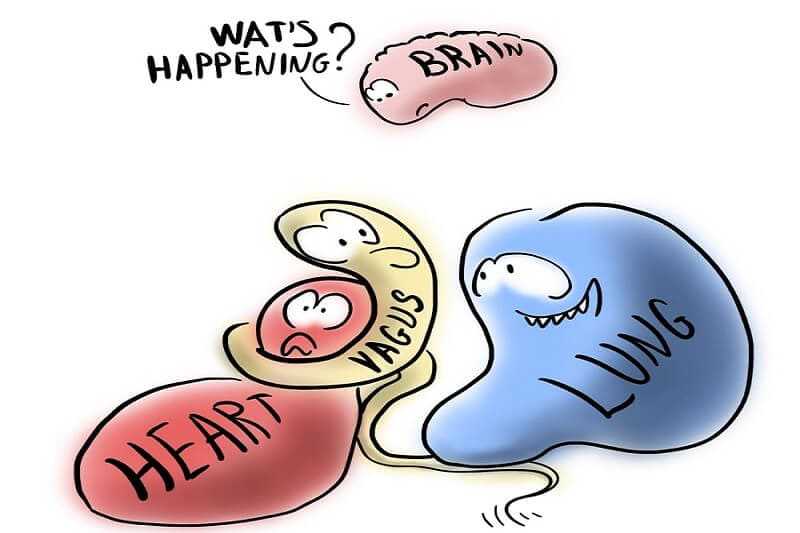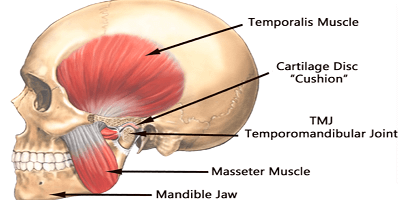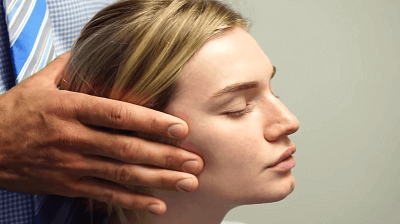Chronic TMD Treatment Options
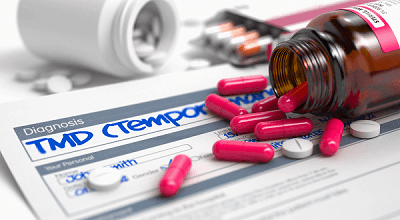
Treatment of Chronic TMD depends entirely on the diagnosis and etiology, whether the symptoms are muscular or bony, dental related or not, degree of emotional involvement, anatomical defects in the joint, and so on. The precise determination of the problem is critical to how this condition is managed.

Most importantly, chronic TMD should be seen as a situation that needs to be lived with and which can be managed by any number of approaches—dental, psychological, social, life skills, medical and so forth. But it is important to see that this condition will not magically disappear. It may recede, and may eventually go away completely, but it may be with you for some time, and accepting that fact is an important phase of “coming to grips with TMD”.
Dental treatment often involves wearing a night guard or “splint”, to minimize biting stress to the joint during sleep ( “bruxism”). This is often central to conservative management, and may be absolutely necessary every night, or at least frequently, but most often this can be done episodically. Some individuals (about 10%) find wearing a splint too difficult to use, about 20% won’t go to sleep without it, and the remainder lie somewhere in the middle.
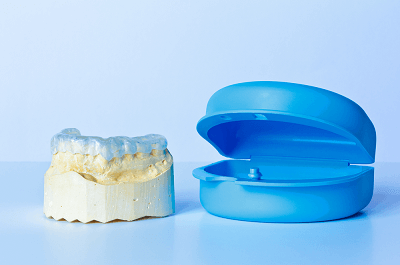
Generally, you will need to be cautious with your eating habits, being careful not to chew too much hard food, or yawn largely, or chew gum. It helps to moderate caffeine intake, to practice relaxing. This later may involve exercise, a meditation practice, or any self-awareness practice which increases your physical self-awareness–Palades, Rolfing, Feldenkrais, Yoga, Aikido.
Improved Self Care
Learning to self-regulate emotionally by stress management, breath control, identifying muscle tension habits in all your body, taking walks, eating and sleeping well, developing a social network to overcome isolation, listening to music to self regulate, doing art, going to psychotherapy.
In therapy, current emphasis is on regulating internal states by a variety of means, and this can modify the subjective stress level greatly. I feel this approach can address the meaning of your TMJ symptoms to you and this is part of the suffering.
The art of living is learning to care for ALL of yourself, in every way possible and includes learning how to have FUN, RELAX, enjoy pleasure, pay attention to your sex life. Go to the gym, go bowling with friends, play golf or tennis, enjoy dancing, go to concerts, learn to knit, swim, ski, fish, or whatever helps you to be in nature and be healed in that lovely world of the outdoors.
Heal your life, heal your tmj symptoms and capacity to contend with them.
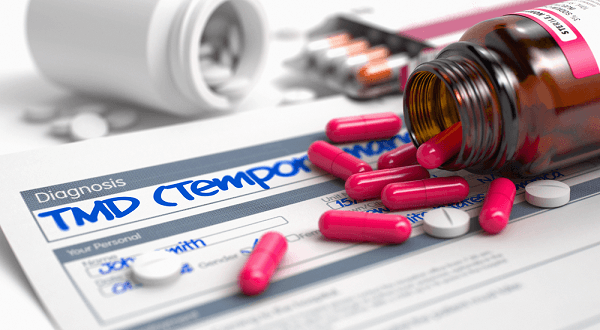
TMD can involve pain in muscles of chewing and in neck muscles, point pain in the TMJ , referred pain to various areas of the head and or neck muscles, headaches, but usually doesn’t create distant problems. In the past, its role in creating a much wider range of problems was overestimated. While it can result in some headaches, some head and neck muscle pain, some neuralgia, it does NOT play a role in back problems, stomach problems, leg problems, and other more distant systems of the body. It is first and foremost a local joint and muscle problem.
Occasionally orthodontia is a valid consideration in treatment management, and this should be done by an experienced orthodontist who has worked with TMD.
The use of surgery as a solution is thankfully declining radically, as it usually is a solution of last resort and requires definite indicators for being undertaken. I feel no one should have joint surgery without several opinions. Some very few patients are helped by surgery, but many more are made worse. It is not a question really of surgery or not; it is a question of the diagnosis.
There are a number of specialty clinics at medical centers and dental schools which deal only with TMD, and chronic TMD suffers with severe problems should see them for evaluation. For severe TMD, special x-rays of the jaw joints are important. “Cone beam” omputer assisted tomograms (CAT) are important to evaluate for joint bony problems. Cone beam surveys are done with very little exposure to x-rays, unlike conventional CAT scans. This is very important to note; they cost $400-440 are are easy to schedule. Magnetic resonant imaging (MRI) can be useful for soft tissue problems.
Comprehensive dental splint therapy may be an essential component of your care.
Other modalities of treatment to be aware of include “full-mouth rehabilitation,” which is a situation where a dental specialist does “wall-to-wall” crowns. In my considered opinion, this approach is usually ill-founded and can be a very expensive exercise in futility. This approach was widely touted in the past, but is today seen less as a solution, than as a failed attempt. Don’t consider full-mouth rehab unless you have seen several dentists who can clearly tell you why it is needed in a way you can understand. I personally have never seen a case helped by this approach.
In general, dentistry has been over-focused on the teeth and bite as the primary etiology of TMD, kind of a “forest-and-trees” thing. The bite can play a role in causing sensitive teeth, some gum recession, some erosion of the necks of teeth (“abfraction”), breaking teeth, and occasionally TMD, but usually TMD is the result of many factors including skeletal relationships of jaws, soft tissue vulnerability, dental habits, psychological issues, trauma, posture, and assorted non-dental issues. Brusism can aggrivate tmj symptions but in-and-of-itself, does not cause TMD.
Facebook
Google+
Twitter
Pinterest
Reddit
StumbleUpon

